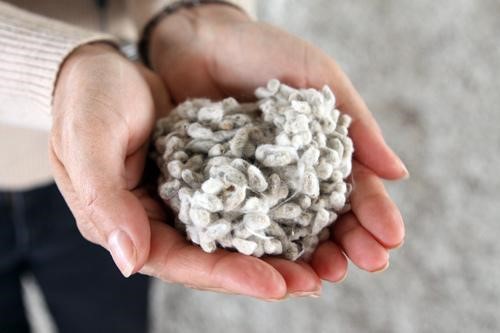Have you ever wondered how cotton gets from the field to the beautifully soft rolls of fabric found in craft and sewing stores? We use cotton for so many items including bedding, clothing items such as trousers and Farah Shirts such as the ones you can see at https://www.ejmenswear.com/men/farah as well as in our cosmetic cleansing pads and so much more. One of the reasons it is incredibly popular is that it is a fabric that helps to keep us cool in the warmer months. Here, the process of how cotton is grown and harvested is explained.
Before planting takes place, a cotton farmer needs cottonseeds, pesticides such as fungicides and insecticides, and fertiliser for enriching the soil. Cotton has quite a lengthy growing season, up to 7 months, so it’s best to get it planted early. The cottonseeds should not be planted during cold winter months, but only after the sun has had a chance to warm up the soil a little.
Cotton grows best in crumbly soil with plenty of moisture and benefits from long periods of sunny weather with no frost and plenty of rainfall. Stormy weather including excessive rainfall and high winds can damage the open bolls and drench the fibres with too much moisture. To be economically viable, a cotton farmer needs around 2,000 acres as one acre will produce approximately 1.5 bales of cotton.
During early spring, the land is cleared for planting with machine cultivators tearing out weeds and grass. The soil is ploughed, broken up and arranged into rows.
The cottonseed is machine planted in up to 12 rows at a time, the planter opening up a hole, dropping in a seed and packing dirt on top.
If the soil moisture levels and temperatures are right, seedlings should appear within 5-7 days.
Around 6 weeks after seedlings appear, flower buds start to form, maturing after 3 weeks and then blooming into yellow flowers. The flowers turn pink, then red and fall off 3 days after blossoming. Once the flower has gone, a small sac is left on the plant. It’s this sac that ripens into a green pod known as a cotton boll.
Sometime between 55 and 80 days, the boll will mature, growing and pushing fibres outwards. The warming of the sun causes the fibres to expand, growing to a full length of about 2.5 inches in 3 weeks. For the next 6 weeks, the fibres continue to thicken when eventually they push out of the boll and fluffy, white cotton appears for the first time. Once exposed to the warm air, the fibres dry out and twist together to form something that looks like ribbon.
If the cotton plant is machine harvested, it next goes through a process of defoliation. This is the process of removing the leaves, which is done by spraying the plant with chemicals. It’s important to remove the leaves as they could stain the fibres and are also a source of unwanted excess moisture. This machine process has replaced the need for cotton pickers to complete the task by hand.

















+ There are no comments
Add yours